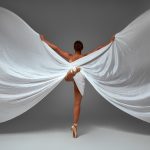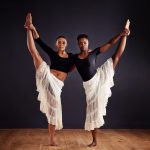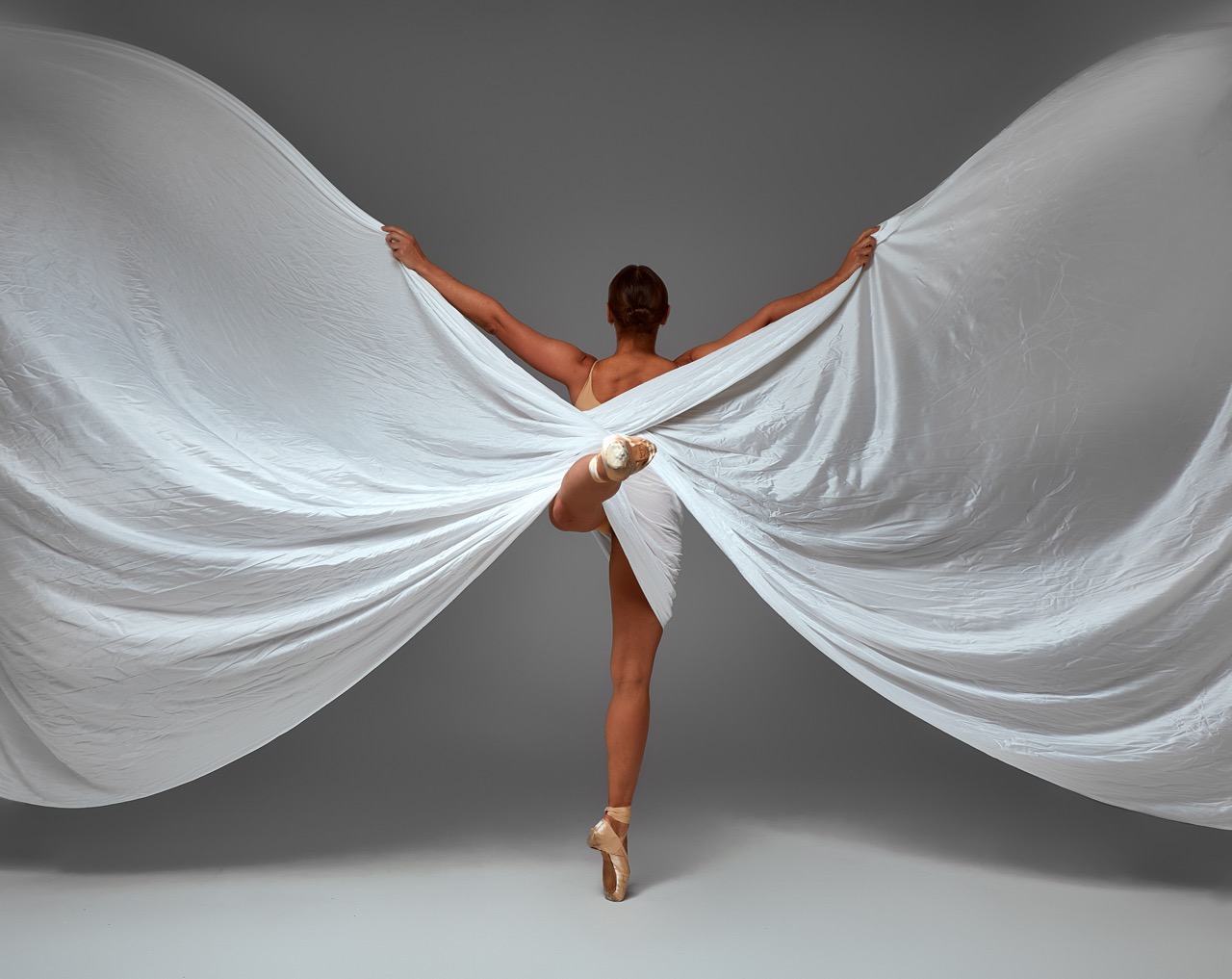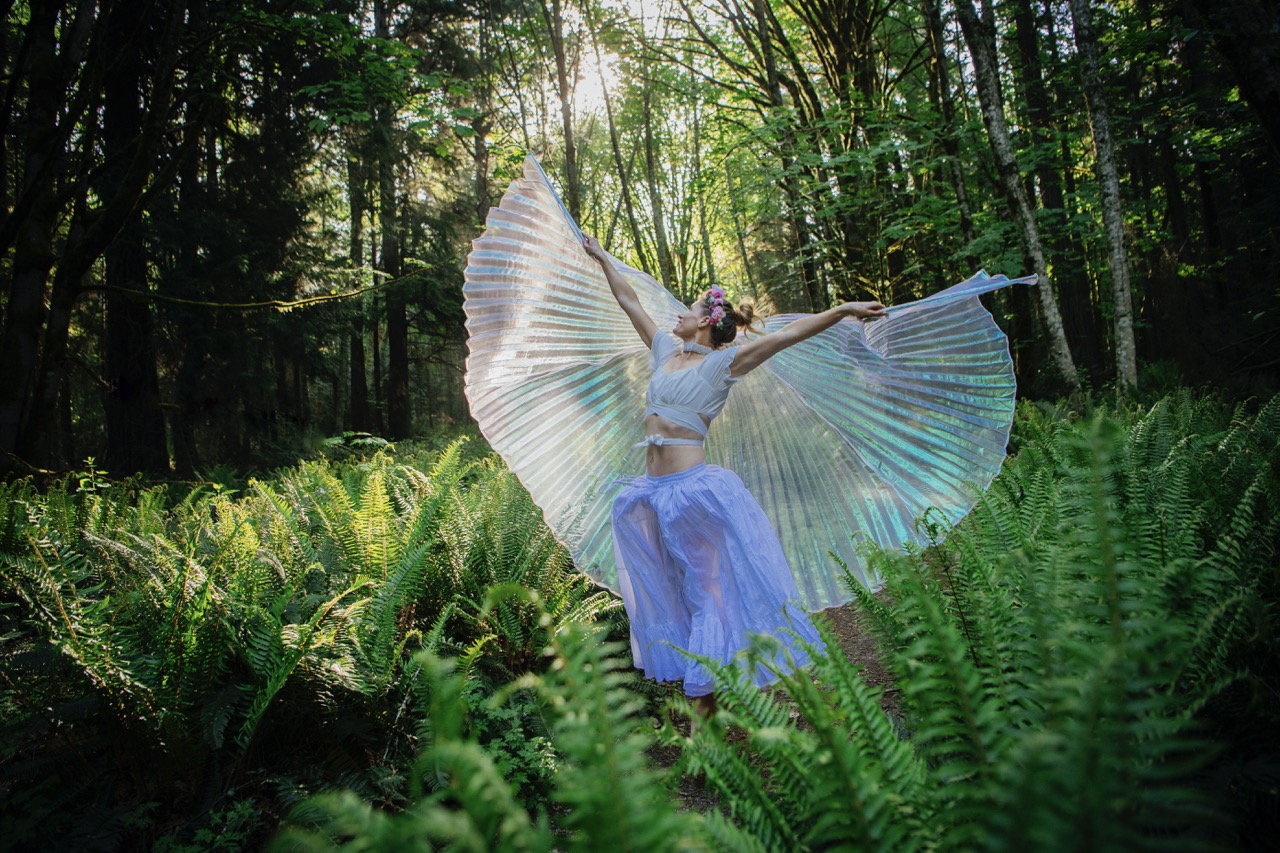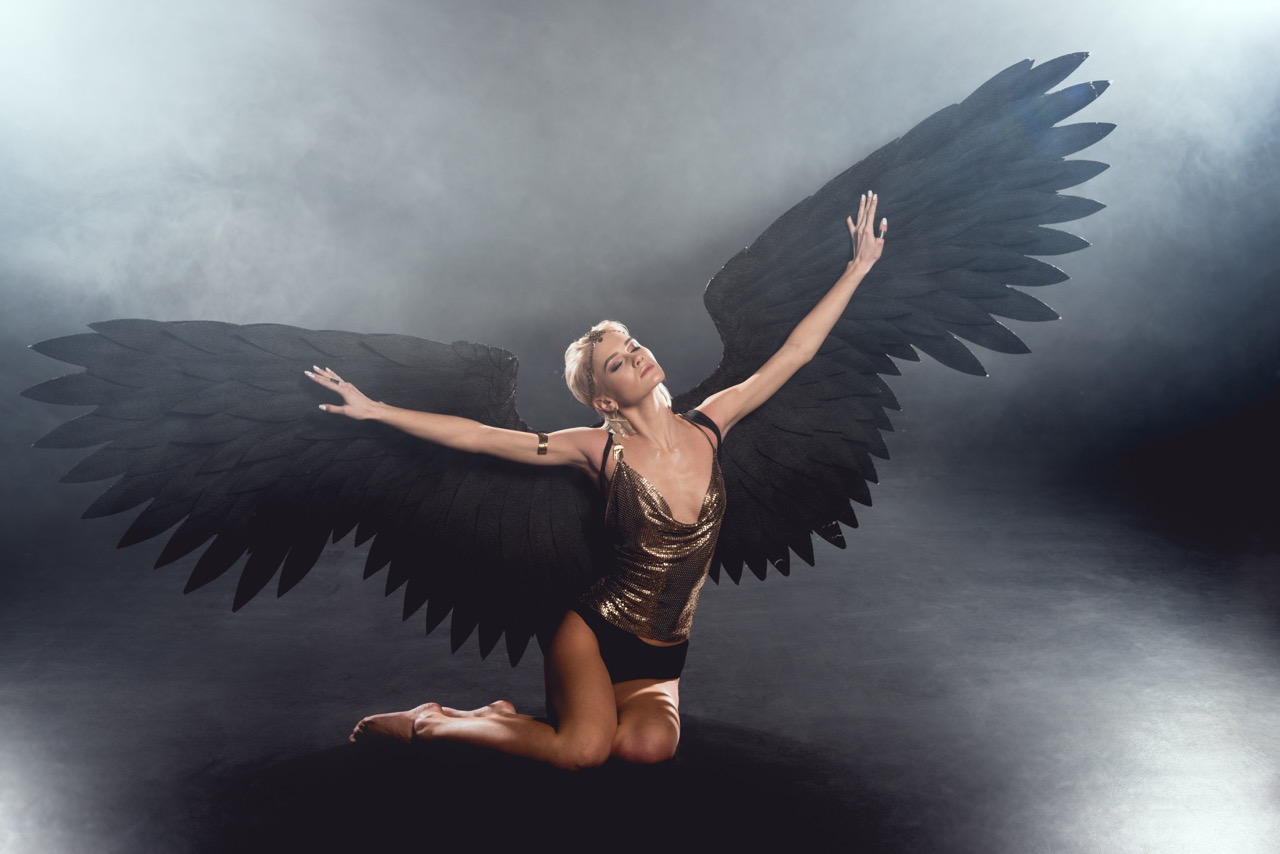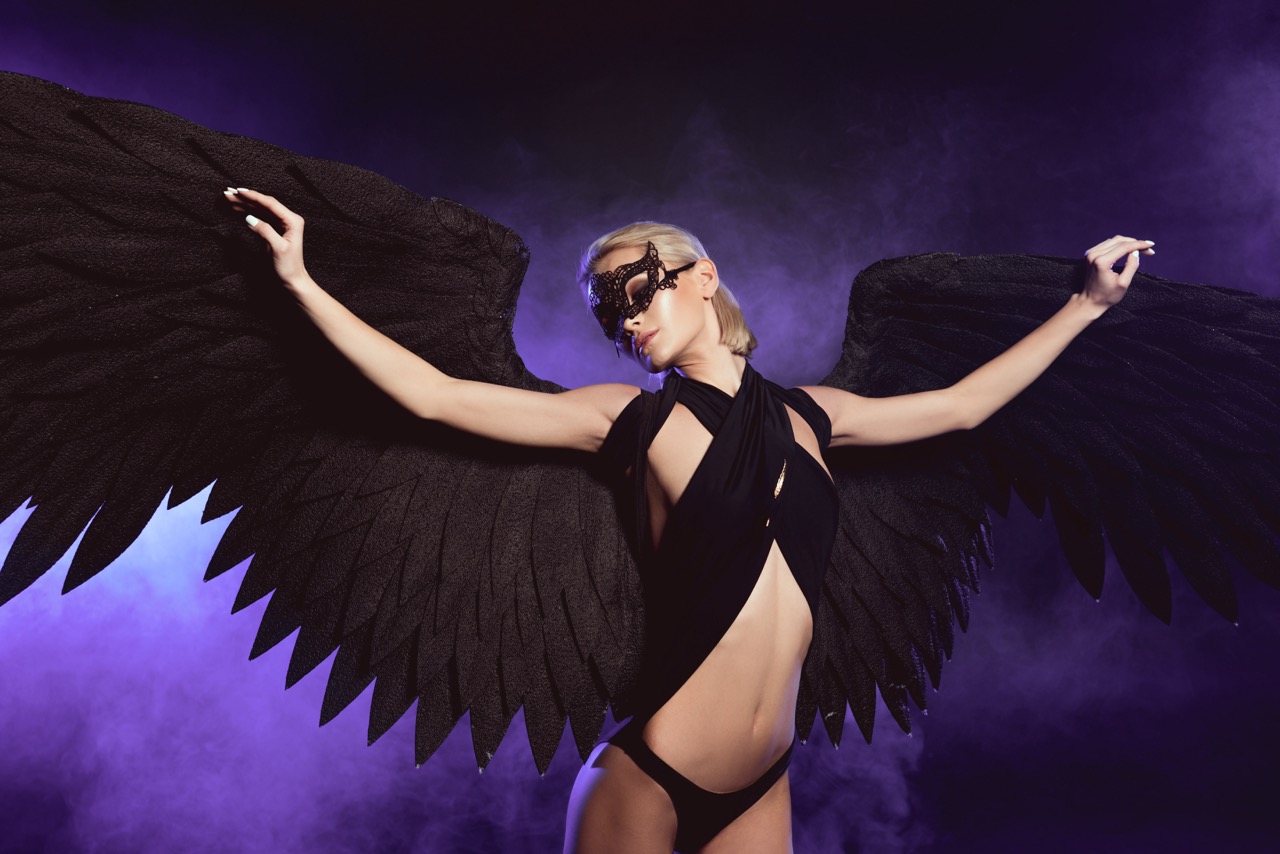In the vibrant world of dance, costume design plays an instrumental role in conveying the essence of performance. Among the myriad of garments that adorn dancers, wings have emerged as a striking symbol of freedom and expression. The top dance wing designers are not only creators of visually stunning pieces but also masters of translating emotion and storytelling through fabric and feather. This article dives into the realm of these exceptional designers, exploring their unique creative processes, inspirations, and the meticulous journey from concept to stage.
Unveiling the Artistry: Meet Top Dance Wing Designers
The landscape of dance wing design is populated by visionary artists who have made significant contributions to the field. Designers like Keri F. and Brigid O’Shea are celebrated for their innovative approaches and distinctive styles. Keri F., known for her ethereal feathered creations, combines traditional craftsmanship with modern aesthetics, often drawing on nature for her vibrant color palettes and intricate details. Brigid O’Shea, on the other hand, is recognized for her avant-garde designs that challenge conventional notions of movement and form. Her wings often feature geometric shapes and unexpected materials, pushing the boundaries of what dance costumes can achieve.
Another notable figure in this realm is Yara S., whose wings are infused with cultural narratives and personal stories. Yara’s designs often reflect her background, incorporating elements of her heritage to create pieces that resonate on a deeper level. These designers, along with others, have cultivated their unique voices in the dance community, enriching performances and captivating audiences with their stunning visual narratives.
Behind every mesmerizing pair of wings is a designer who has dedicated their life to mastering the craft. These individuals possess not only technical skill but also a profound understanding of movement, color, and texture, which enables them to create pieces that elevate dance to an art form. Their dedication is evident in every stitch, feather, and embellishment, resulting in wings that are not just costumes but integral parts of the dance experience.
The Inspiration Behind the Wings: A Deep Dive into Design
Inspiration for dance wing designs often comes from a variety of sources, including nature, mythology, and cultural artifacts. Designers like Keri F. frequently turn to the natural world for influence, drawing from the grace of birds in flight or the flutter of butterfly wings. This connection to nature not only informs the aesthetic quality of the wings but also serves as a metaphor for the freedom and expression inherent in dance itself. Each piece carries an innate sense of movement, mimicking the fluidity and elegance found in the animal kingdom.
Mythology and folklore also play a significant role in the design process. Designers like Yara S. often draw from stories of transformation and flight, weaving narratives into their creations. By incorporating symbolic elements from various cultures, these designers create wings that are rich in history and meaning, allowing performers to embody the characters they portray more fully. This narrative-driven approach adds a layer of depth to the performance, engaging the audience on an emotional and intellectual level.
Additionally, personal experiences and emotional journeys serve as a fertile ground for inspiration. Brigid O’Shea often reflects on her own struggles and triumphs when conceptualizing her designs, translating those feelings into tangible art. This emotional connection infuses her work with authenticity, allowing dancers to resonate deeply with the costumes they wear. The interplay of these diverse inspirations allows dance wing designers to create pieces that not only dazzle but also tell profound stories.
Crafting Movement: Techniques of Dance Wing Creation
The process of crafting dance wings involves a blend of traditional textile techniques and innovative materials. Designers employ various methods, from hand-dyeing fabrics to laser-cutting intricate patterns, ensuring that each piece is as unique as the dancer it adorns. The choice of materials is crucial; designers often experiment with feathers, sequins, and lightweight fabrics that flow seamlessly with movement. This attention to detail ensures that the wings not only look stunning but also enhance the dancer’s performance.
Incorporating technology into the design process has become increasingly common. Many designers now utilize 3D modeling and digital printing to create customized wing designs that were previously unimaginable. This fusion of art and technology allows for precise detailing and intricate designs that can be produced efficiently. The ability to visualize the wings in a digital space before actual fabrication provides designers with the freedom to iterate on their ideas, leading to more innovative and experimental outcomes.
Moreover, the construction of dance wings is a collaborative effort, often involving input from choreographers and dancers. Understanding how the wings will move in conjunction with the choreography is essential. Designers like Keri F. work closely with performers to ensure that their creations allow for freedom of motion while maintaining their structural integrity. This collaboration not only enhances the final product but also fosters a sense of unity between the designer and the dancer, resulting in a performance that is more cohesive and impactful.
From Concept to Stage: The Designer’s Journey Explained
The journey of a dance wing designer begins with a spark of inspiration, often blossoming into sketches and prototypes. This phase is crucial for exploring different ideas and visualizing how the wings will complement the dancers’ movements. Designers typically create mood boards that reflect their vision, incorporating color swatches, fabric samples, and imagery that encapsulates the intended theme. This tangible representation of their concept serves as a guiding light throughout the design process.
Once the initial designs are finalized, the next stage involves the meticulous crafting of the wings. This is where the designer’s technical skills come into play, as they translate their vision into reality. The process includes sourcing materials, conducting fittings, and making adjustments based on feedback from dancers and choreographers. Each step is a balance between artistic expression and practical considerations, ensuring that the wings fulfill both aesthetic and functional requirements.
As the performance date approaches, the designer’s role shifts towards final preparations and coordination with the production team. This includes overseeing the installation of the wings and conducting final adjustments to guarantee that they perform flawlessly on stage. The culmination of this process is a moment of pride when the designer sees their creation come to life, soaring above the dancers as they embody the art they have worked so tirelessly to create. This journey—from concept to stage—captures the essence of collaboration, creativity, and the power of dance as a form of expression.
Dance wing designers are the unsung heroes of the performance world, merging artistry with innovation to create breathtaking pieces that enhance the dancer’s presence on stage. Their unique creative processes, drawn from diverse inspirations and techniques, culminate in stunning costumes that tell stories, evoke emotions, and inspire audiences. As the world of dance continues to evolve, so too will the artistry of these designers, forever pushing the boundaries of what is possible in the enchanting realm of movement.


